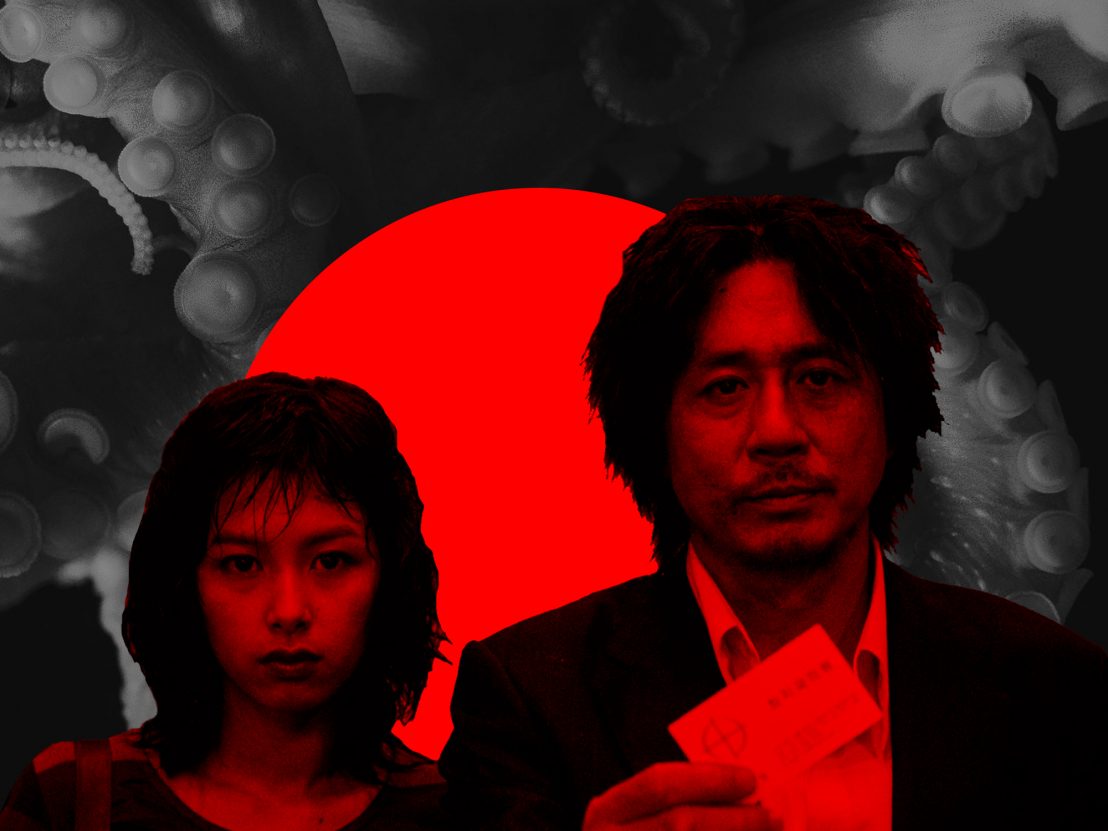
“In Korean cinema, there is Before Oldboy and After Oldboy,” US distributor Neon proclaimed when promoting the 20th anniversary theatrical re-release of Park Chan-wook’s seminal film in the United States. However full of hyperbole, Neon — also responsible for bringing Bong Joon-Ho’s Parasite to US audiences — is not wrong. The global conception of South Korean cinema has radically transformed in the two decades following the release of Park’s thriller Oldboy in 2003, largely as a result of Park’s influence.
Violent critiques of global capitalism, once unimaginable under the nation’s strict censorship laws, have become hallmarks of South Korea’s filmic output. As desperation and despondency appear as increasingly sympathetic responses to economic disparity, international audiences have embraced programming that dramatizes these feelings. In 2020, Parasite established itself as the first foreign language film to win an Oscars Best Picture award, and in 2021, the Netflix series Squid Game broke out as the streaming platform’s most-watched show of all time. And now, in 2023, NEON has restored and remastered the previously un-streamable film that pioneered the genre.
Oldboy is a loose adaptation of Garon Tsuchiya and Nobuaki Minegishi’s manga of the same name, and the second instalment in Park’s ‘Vengeance Trilogy’, a series that explores the eponymous theme through violent plots carried out by deeply flawed protagonists. Across all three, the anti-heroes often seek revenge for a disruption of the family line. In this roundabout manner, these heavily stylized thrillers chart a parents’ desire to care for and protect their children, at any cost. To link this formation to Confucian ideology may not be the stretch it initially appears. In fact, despite the near-universality of working class desperation in monolithic power struggles, the series is a distinctly Korean crisis of masculinity. Park’s focus on disempowered characters surviving in the alleyways and temporary housing of a burgeoning megacity may be a response to the impossibilities of living under the chaebol system — which includes family-owned business conglomerates such as Samsung, Hyundai, and LG — and decades of denying filmmakers the right to represent such frustration.
The most famous of Park’s Vengeance films, Oldboy follows Oh Dae-su (Choi Min-Sik), an otherwise unspectacular salaryman, as he seeks to understand and avenge his 15 years of seemingly unprovoked private captivity. In the opening sequence, Dae-Su is arrested for public drunkenness and misses his daughter’s fourth birthday. Immediately, an interest in patriarchal relations and failed masculinity is laid bare. Dae-Su is kidnapped and imprisoned in a sealed hotel room. In a montage detailing hallucination, self-harm, shadowboxing, and failed escape plots, Dae-Su spends his long captivity on the verge of psychotic break. Choi Min-Sik is both compelling and terrifying with his manic eyes, his bared teeth, and his hand-poked tattoo tallying the years lost to imprisonment.
His 15 years of imprisonment coincide with the accelerated modernization of South Korea, beginning with the 1988 Seoul Olympics, which are often regarded as the county’s entrypoint into a system of global exchange. In a split-screen montage of the world beyond Dae-Su’s captivity, Park charts South Korea’s position in the shifting global landscape. News footage details the arrest of former president Chun Doo-hwan in 1995, the Hong Kong Handover Ceremony in 1997, the death of Princess Diana in 1997, the IMF crisis in late 1997, the swearing in of president Kim Dae-jung in 1997, a celebration of the turn of the millennium in 2000, footage from 9/11 in 2001, Korea’s entry into the World Cup quarter finals in 2002, and the election of president Roh Moo-hyun in 2002. Together, these scenes illuminate an international system of symbols and images. South Korea’s democratic status is repeatedly highlighted, as if to reassert the nation’s independence under conditions of hypermodernity. These clips are played against Oh Dae-Su’s rather fruitless escape attempt, offering some form of parallel between the man in captivity and the nation itself.
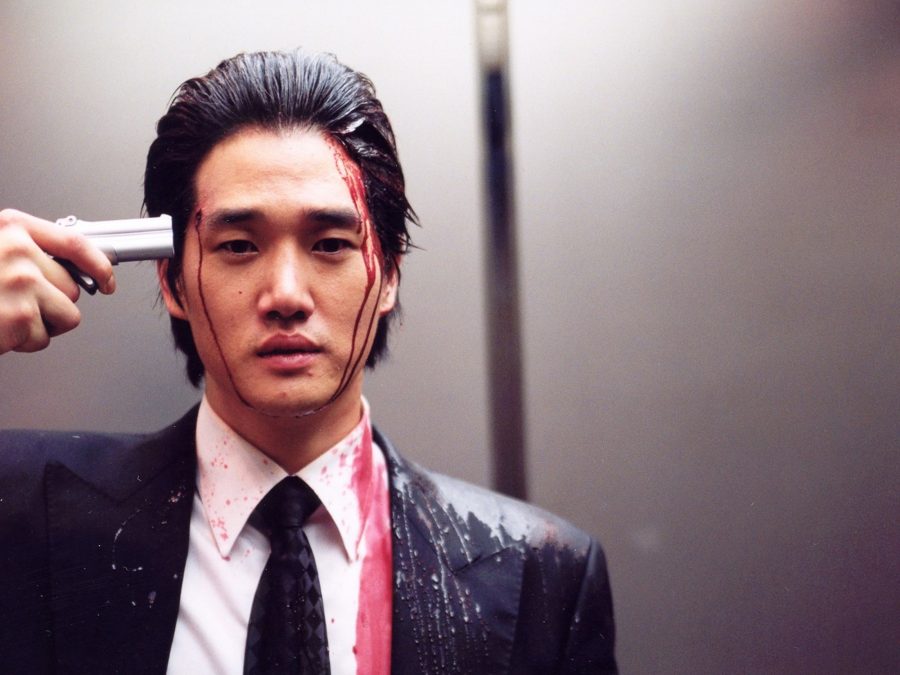
Explicitly nationalist imagery is standard for the Korean film industry. Following the Japanese surrender of World War II and subsequent end of national occupation, South Korean cinema in the interwar period centered largely around themes of liberation. When the industry returned from its stagnation during the Korean war and launched into its golden age, Korean directors made a slew of melodramas including Kim Ki-young’s The Housemaid (1960), which is now regarded as one of the best Korean films of all time. However, under former general President Park Chung-Hee, the nation, and film industry, was subjected to strict authoritarian rule. Imported films were limited under a quota system instantiated by the 1962 Motion Picture Law, resulting in a boom of domestic films devoid of obscenity, communism, or government critique.
Throughout the 70s, South Korea maintained some of the strictest censorship laws of the developed world. Thinly veiled propaganda, alongside the occasional ‘hostess film’ laden with prostitutes and images of female sacrifice, dominated the domestic box office for over a decade. Although South Korean president Roh Tae-woo repealed the decades-old censorship laws in 1988, the industry still stagnated at the hands of foreign cinema for another few years. It wasn’t until chaebols began investing in films that the domestic industry really recovered. The 1997 IMF Crisis, which cast a long financial and psychic shadow over the Korean people, ushered in a new and final iteration of the film industry, as chaebol influence decreased and filmmakers were offered, finally, experimental freedom.
These were the conditions from which Oldboy emerged: Filmmakers embittered by decades of silencing and strict screening quotas, frustration at the hands of faceless corporations (or captors) that dictated the world of the working class-man, increased class divide — in sentiment and opportunity. Dae-su emerges from imprisonment into a world that is increasingly hostile to the underprepared. Waking up from hypnosis he encounters a man about to commit suicide, set against the boxy, repetitive skyline that was erected as the city rapidly modernized. Although the film charts Dae-su’s revenge for a localized trauma, his encounters with other disenfranchised men expands the scope of his plot to an act of full on class warfare.
His captor, a former schoolmate and heir to a chaebol fortune, hires a slew of henchmen to torture Dae-su. The labor of exacting revenge against an oppressive regime much larger than the individual is evident in both the content and form of the film. Oldboy’s most infamous scene, a single-shot fight sequence that runs for nearly three minutes, took two days and seventeen takes to film. As Dae-su progresses through the bounds of men, he stumbles, keels over, barely catches his breath. Although one would be hard pressed to consider Oldboy a work of realism, Park Chan-wook does not shy away from the reality of the effort involved in seeking vengeance. Dae-su bleeds, copiously, at the hands of himself and others. His manic gaze, captured with colorful remove by cinematographer Chung Chung-hoon, invites the audience to see the world through the delusions of a revenge plot. Park does not condemn or redeem Dae-su; rather, he presents his protagonist as a man driven to the edge.
As an avatar for South Korea, a nation that has been pillaged, conquered, occupied, and torn apart by regimes much larger and more developed than itself for centuries, Dae-su embodies a ruthlessness that has been encoded in the nation’s psyche. For much of the film, Dae-su lives in ignorance of his supposed crimes, remembering only the violent consequences. His revelation, and the film’s shocking denouement, does not offer any consolation. Trauma, Park suggests, is not resolved through understanding the source. No revenge plot can alleviate the pain. Han, a constant suffering at the heart of Korean culture, has no cure. At least with loosened censorship, the Korean people can identify and articulate it, now before a global audience.
All of this isn’t to say Oldboy is without its pleasures. For its metaphorical resonances, the film is fully embodied in its lust and gore. For his first meal after captivity, Oh Dae-su devours a small octopus that squirms its way down his throat. His romance with young sushi chef Mi-Do (Kang Hye-jong) never fails to entrance and surprise. Deep hues, high saturation, and intense contrast all coalesce to a world of heightened emotion and intrigue, bubbling beneath the city that has come to loom over the global entertainment industry in the past two decades. Oldboy exposes the dark underbelly of a city and nation that is constantly perfecting its outward image, and 20 years later, still churns stomachs.
Published 18 Aug 2023
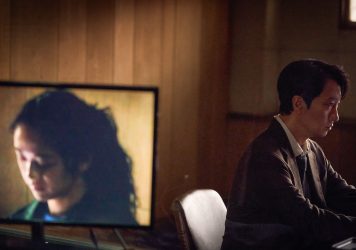
Decision to Leave reframes the blueprint of Hitchcock’s Vertigo, but it’s not the first time Park Chan-wook has looked back to this classic-era muse.
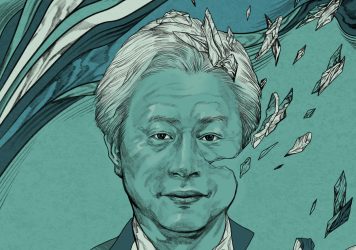
By Iana Murray
The incomparable South Korean filmmaker reflects on his dreamy neo-noir, Decision to Leave.
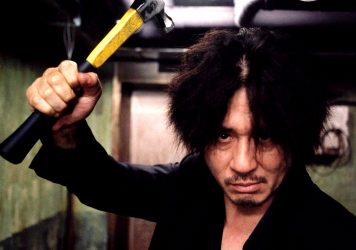
From Oldboy to Stoker, here are some of the South Korean director’s most memorable moments.